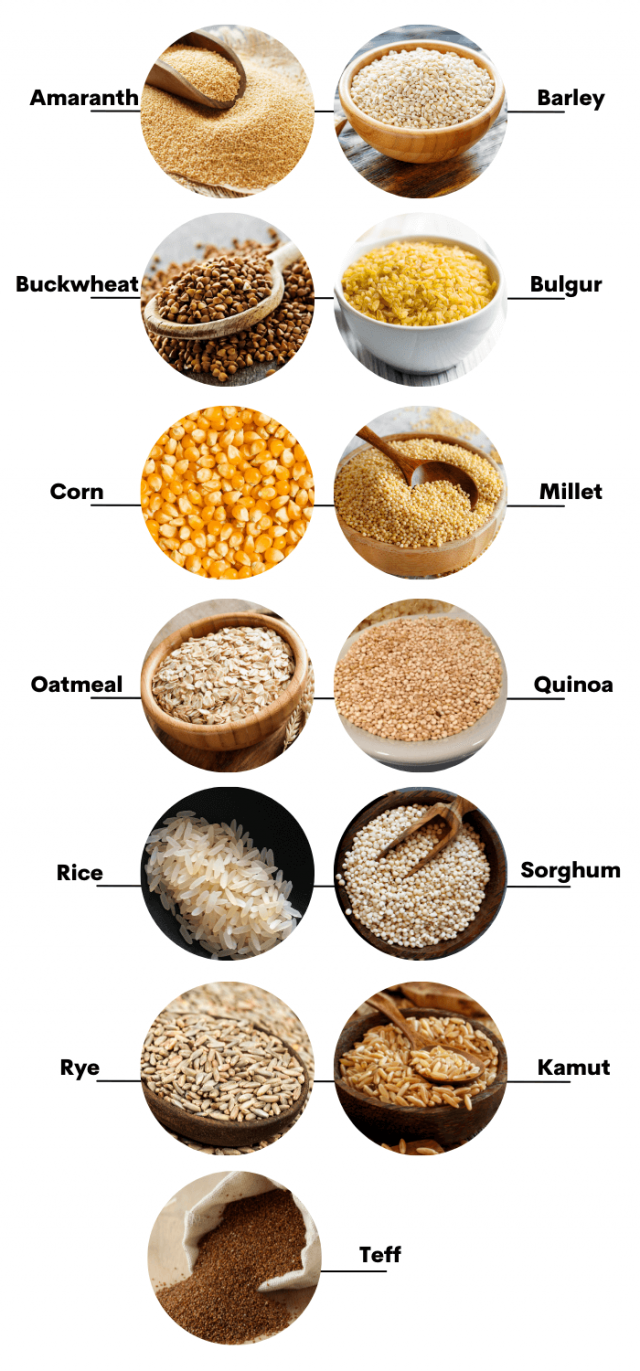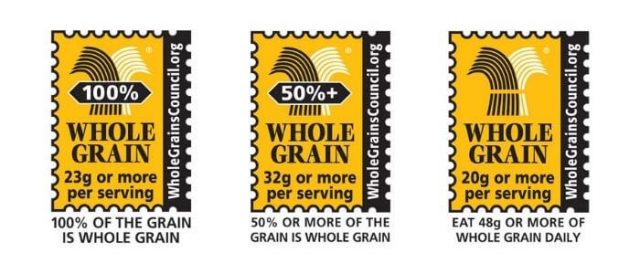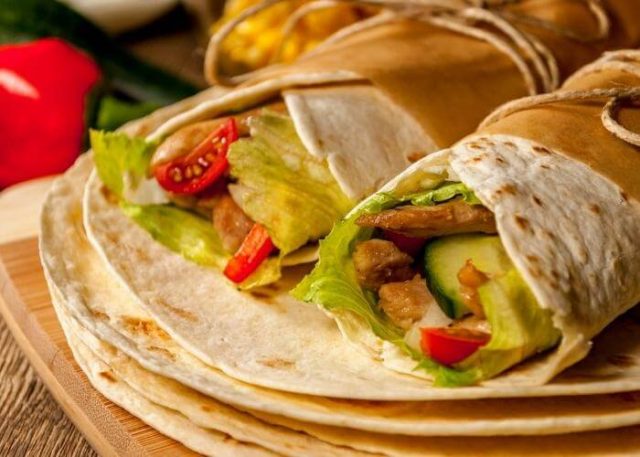A whole grain consists of the entire form of the grain including all of the parts – bran, germ and endosperm. A whole grain can also be ground into a flour that includes all the grain parts.
With the adoption of roller mills, we moved from eating whole grains to eating refined and processed grains with the nutritional quality greatly reduced. All the healthy nutrients, such as fiber, vitamins, minerals and phytochemicals are present in the bran and germ parts of the grain. Refined grains are milled with all or part of the germ and bran removed.


Why do unprocessed whole grains rate higher than processed and refined grains for health?
Maintain steady blood sugar levels
Fiber is a complex carbohydrate that slows the breakdown of starch to glucose. This helps maintain a steady blood sugar level in our bodies. It also reduces the risk of developing Type 2 Diabetes. Fiber provides structural support and protection to plants, so it is hard to break them down.
Lower cholesterol, help maintain a healthy weight, and reduces the risk of cardiovascular diseases
High fiber helps “bad” fat pass through the intestines. Eating whole grains lowers our total cholesterol (TC), bad cholesterol (LDL) and triglycerides (T). Cardiovascular events are prevented, such as heart attack, stroke associated with high cholesterol, and plaque buildup in the arteries. Fiber is also digested very slowly, like a slow-release capsule, making you feel full and preventing overeating.
Keep the digestive tract working smoothly
Since fiber is difficult to digest, it increases the weight and bulk of stools and softens them. This makes them easier to pass, preventing constipation.
Fiber is also a prebiotic, meaning the friendly bacteria in our gut feed on them, releasing short-chain fatty acids (SCFA). SCFA play a role in muscle function, cancer prevention, bowel disorders and chronic diseases.
A high fiber diet will reduce your risk of developing hemorrhoids, diverticular disease, and colorectal cancer.
Prevent the formation of small blood clots
A high fiber diet appears to help with Fibrinolysis (process of breaking down clots in the blood). It works on clots that can trigger heart attacks or strokes.
Protect against some cancers
Bran and germ contain phytochemicals and essential minerals, such as copper, selenium and magnesium, which protect against some cancers.
What are examples of whole grains?


Words of caution:
- Be wary of deceptive food marketing and advertising. Read the package labels when choosing foods labeled as “whole grains”. Some manufactures are marketing foods as healthy, while adding synthetic fiber to foods that are otherwise unhealthy, such as ice cream, margarine and breakfast bars. Whether synthetic or purified, the U.S. Food and Drug Administration (FDA) allows almost all fiber to be included in the “Nutrition Facts” on food product labels. Products are also allowed to be marketed as whole grain if they contain at least 51% whole grain.
- Whole grains do not have sufficient folic acid. Refined grain products are fortified with folic acid, which is Vitamin B9. If all the grains that you eat are whole grains, you may end up being deficient in folic acid. Food sources rich in folic acid include fruits, vegetables, legumes and ready-to-eat fortified cereals.
- Abdominal bloating and gas can be caused by adding too much fiber too quickly to your diet. For the bacteria to adjust to the change make sure you increase fiber gradually. Drink plenty of water to help with its digestion.
What is the whole grain stamp?


The whole grain stamp is a golden-yellow mark used on food products. This mark is eye-catching to stand out on products that contain whole grains. It shows the number of grams of whole grain ingredients in one serving of the product. There are three different levels of whole grain stamps: 100% stamp, 50% or more stamp, and the basic stamp.
100% Stamp: This indicates all grain ingredients in this product are whole grain. The product should contain a full serving (16 gm) of whole grains per designated serving.
50% Stamp: This indicates at least half of the grain ingredients are whole grain. The product should contain a half serving (8 gm) of whole grains per designated serving.
Basic Stamp: This food product contains at least half a serving (8gm) of whole grain, but may contain more refined grain than whole grain.


Tips to add more whole grains to your meal:
- Use whole wheat bread or rolls to make a sandwich
- Eat whole wheat cereal
- Choose whole wheat toast or whole grain bagel for breakfast
- Choose whole wheat flour to make roti, chapati and paratha (traditional Indian breads)
- Replace white rice with brown rice, quinoa, wild rice, barley or bulgur
- Choose whole grain tortillas and pastas
- Choose whole grain snacks, such as popcorn, and whole-wheat or rye crackers
- Use barley in vegetable soups
- Add quinoa to salads
Takeaway message
Eating grains in their whole form is always a healthier choice. It not only makes your meals and snacks interesting, but it can prevent and help treat various illnesses. Most foods we eat daily are now significantly altered from their original states. If you want to be healthy, eat REAL food, and not food that is processed and refined to the point that fiber and nutrients are destroyed. In today’s world, it is more challenging to cook from scratch and eat the way our grandparents and great-grandparents did. However, incorporating smart lifestyle changes daily can go a long way toward keeping you healthy and strong.
“Don’t eat anything your great-grandmother wouldn’t recognize as food.”
– Michael Pollan, Author of The Omnivore’s Dilemma and In Defense of Food.


